Filgrastim, a growth factor, is used to aid the recovery of bone marrow after chemotherapy treatment for cancer, especially in patients with neutropenia (low white blood cell count in the blood), causing reduced host defence.
Development of a new biosimilar filgrastim product (Zarzio)
Biosimilars/News
|
Posted 04/06/2010
 0
Post your comment
0
Post your comment

Zarzio (Sandoz GmbH), a biosimilar recombinant human granulocyte colony-stimulating factor (filgrastim) (G-CSF), was evaluated in healthy volunteers in four phase I studies and in neutropenic patients in a phase III study.
In order to demonstrate the clinical efficacy of biosimilar recombinant human G‑CSF (rhG-CSF) products, European Medicines Agency (EMA) guidelines state that comparative pharmacokinetic/pharmacodynamic studies in healthy subjects comparing the similar biological medicinal product and its reference should be sufficient to demonstrate clinical comparability. For the purposes of these studies, a proper dose response in a comparative pharmacodynamic study in healthy volunteers was considered sufficient to support marketing authorisation from an efficacy perspective.
The phase I cross-over studies demonstrated the biosimilarity, with respect to the pharmacokinetics and pharmacodynamics (absolute neutrophil count and CD34+ cells), of various doses (1, 5 or 10 mg/kg,) of Zarzio and the reference product, Neupogen (Amgen GmbH), in healthy volunteers, administered via both the SC and IV routes.
In the open phase III study different doses of Zarzio were evaluated for safety and efficacy in breast cancer patients undergoing doxorubicin and docetaxel (Taxotere) chemotherapy, and therefore at high risk for severe neutropenia, and compared to Neupogen. This study confirmed that the administration of Zarzio was efficacious and safe, triggering no immunogenicity.
The results of these studies demonstrated the biosimilarity of Zarzio with the reference product Neupogen. This resulted in approval of Zarzio in the EU in February 2009 for the same indications as Neupogen.
(see also Phase I studies of a new biosimilar filgrastim product (Zarzio) published and Phase III study of a new biosimilar filgrastim product (Zarzio) published)
Reference:
Gascon P, Fuhr U, Sorgel F, et al. Development of a new G-CSF product based on biosimilarity assessment. Ann Oncol. 2009 Dec 17. doi: 10.1093/annonc/mdp574
Research
Reaching ESG goals in pharmaceutical development
What is the future for the US biosimilar interchangeability designation
General
Samsung Bioepis wins Pyzchiva case; Regeneron patent rulings threaten foreign biosimilars
Chinese biosimilars go global: growth, partnerships, and challenges
FDA approves first interchangeable rapid-acting insulin biosimilar, Kirsty
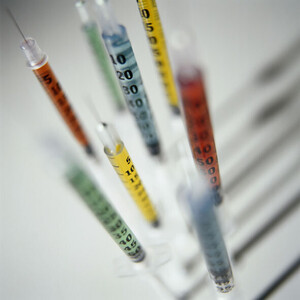
Biosimilars/News Posted 03/10/2025
Argentina approves the first biosimilar agalsidase beta for Fabry disease
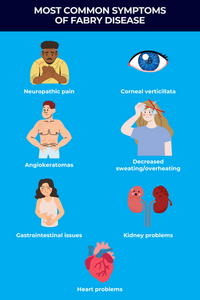
Biosimilars/News Posted 17/09/2025
The best selling biotechnology drugs of 2008: the next biosimilars targets





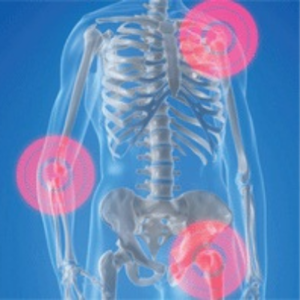
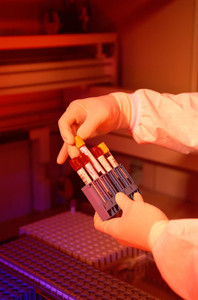
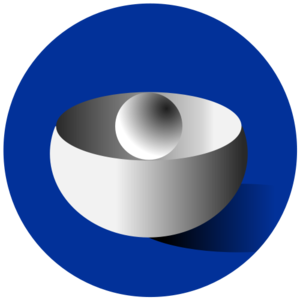
Post your comment